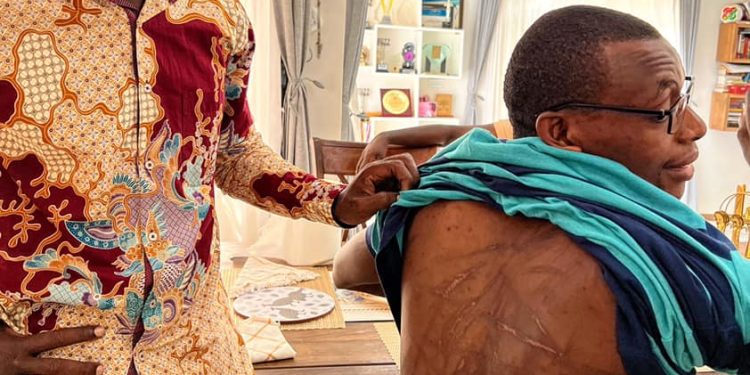With the increased demand for action over torture allegations, Judiciary Spokesperson, Jameson Karemani has said that as an institution mandated to resolve disputes through adjudication, they are presumed not to know what is happening until it is before them.
Karemani said disputes adjudicated are presented before the Judiciary.
“The Judiciary is not supposed to be seen siding with any side. We have got to receive the complaints before us, and that is how we shall make statements through court decisions,” said Karemani while speaking during an interview on a local TV.
When asked about novelist Kakwenza Rukirabashaija’s circulating photos showing his body with deep torture marks, Karemani said the writer appeared to be normal when he appeared in court.
He, however, advised him to produce the pictures before court.
“I have seen pictures in the papers. The pictures must be produced in the court, not in the papers,” he said.
In Uganda, torture is specifically prohibited under Article 24 of the Constitution which states that: “No person shall be subjected to any form of torture, cruel, inhuman or degrading treatment or punishment.” Article 44 also makes the right to protection against torture, cruel, inhuman, or degrading treatment.
On Monday, the Buganda Road Court Chief Magistrate rejected Kakwenza request for his passport and other travel documents.
The novelist wants his passport to seek specialized treatment. However, the magistrate said Kakwenza’s condition should and can be managed in the local hospitals in Uganda.
